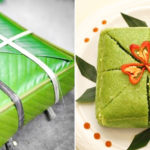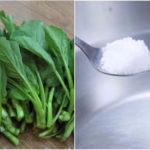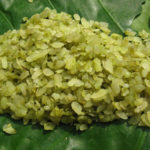Choosing the perfect glutinous rice
Glutinous rice is crucial, accounting for 70% of the taste of sticky rice. To select the best, look for grains that are opaque-white, uniform, and plump. You can also chew a few raw grains. If they taste naturally sweet and smell like fresh rice, they are of good quality.
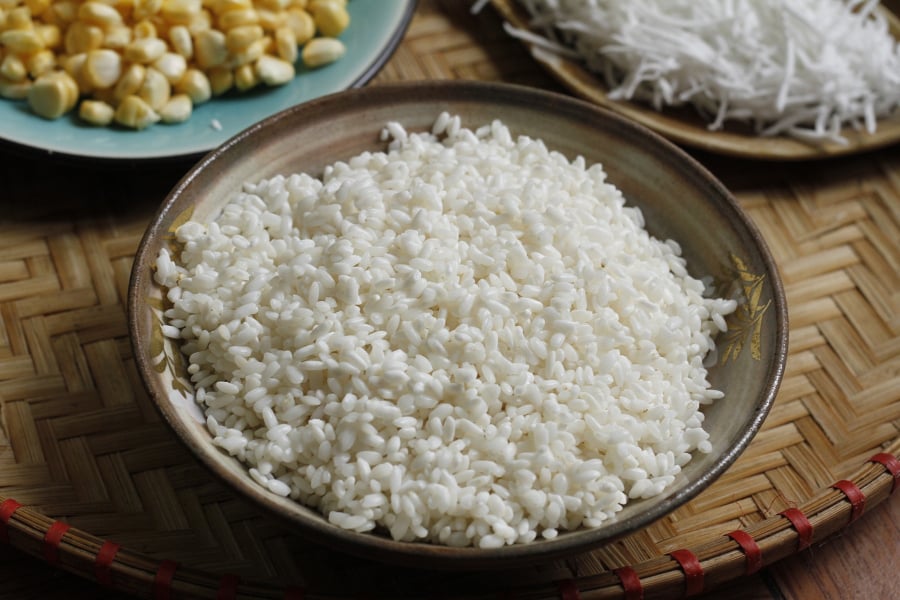
Depending on the type of rice, soaking for 6 to 8 hours is ideal. Soaking for longer may cause the rice to become sour and mushy when cooked. When soaking, add a small amount of salt to remove odors and enhance flavor once the rice is cooked.
Measuring the water
Measuring the right amount of water is key to achieving the perfect consistency for the sticky rice. Too little water will result in dry rice, while too much will lead to mushiness. Typically, the water level in the steamer should be about 1/3 of its capacity. If the glutinous rice is in large quantities, you can add more water in the same proportion once the rice has started cooking.
Adding the rice to the steamer correctly
When steaming sticky rice, a common issue is having a soggy middle, dry top layer, and burnt bottom. This occurs due to uneven heat and improper aeration of the rice grains. To avoid this, hand-fill the steamer with the rice instead of dumping it in. This ensures the rice is evenly distributed and prevents it from compacting. The air can circulate throughout the steamer, allowing the steam to reach all parts of the rice.
You can also mound the rice in the center of the steamer and leave the edges clear, or spread it evenly and poke 3-4 large holes with chopsticks to allow air circulation.
Maintaining the right temperature
Monitoring and maintaining a stable temperature is essential for a successful sticky rice dish. Place the steamer on the stove and wait for the water to boil before placing the rice in the steamer. Ensure the rice is spread evenly and create 4-5 large holes using chopsticks for air circulation. Cook on medium heat for 30-40 minutes, depending on the type of glutinous rice. Occasionally lift the lid to let excess steam escape, or cover with clean cheesecloth to prevent condensation from dripping onto the rice and making it soggy.
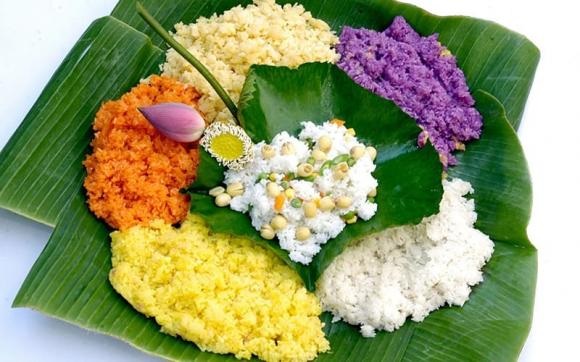
Steaming the rice twice
This is the “golden rule” for the perfect sticky rice. After the first steaming for about 30 minutes, transfer the rice to a tray or bamboo mat, spread it out, and fan it to cool slightly. Before serving, steam a second time by sprinkling some cold water onto the rice. For a richer flavor, add some chicken fat and mix thoroughly. Continue steaming for 10-15 minutes until the rice grains are plump, shiny, and chewy, even when left for extended periods.
Achieving shiny, plump rice grains
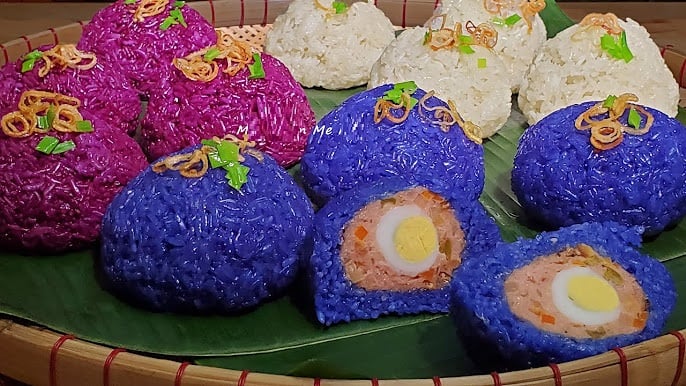
Exploring the Flavors of Glutinous Rice in Chung and Tét Cakes
With just weeks until the end of the year, many Vietnamese are already busy preparing for the traditional New Year’s Eve celebration which includes making offerings of banh chung and banh tet cakes. But with so many varieties of sticky rice to choose from, which type of rice is the best to use for making these tasty cakes? Here, we look at the many scrumptious options of sticky rice for creating the perfect banh chung and banh tet cakes.
























